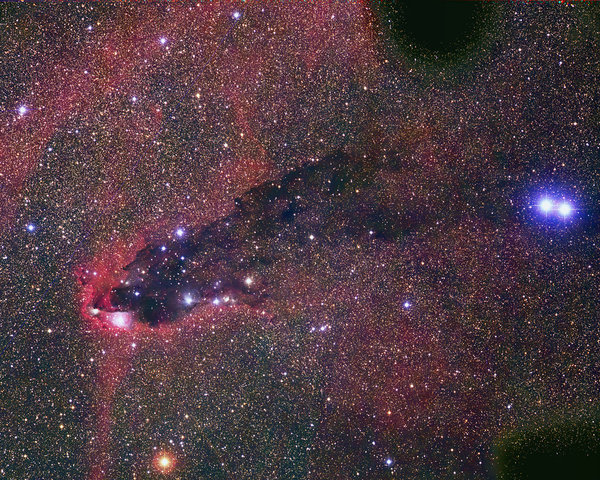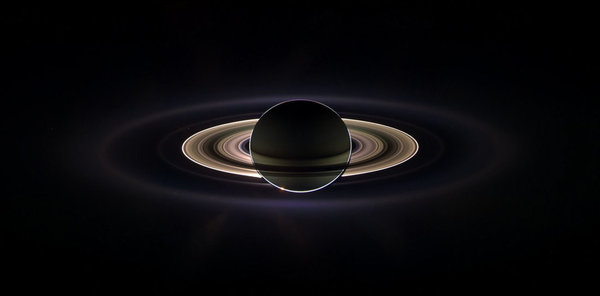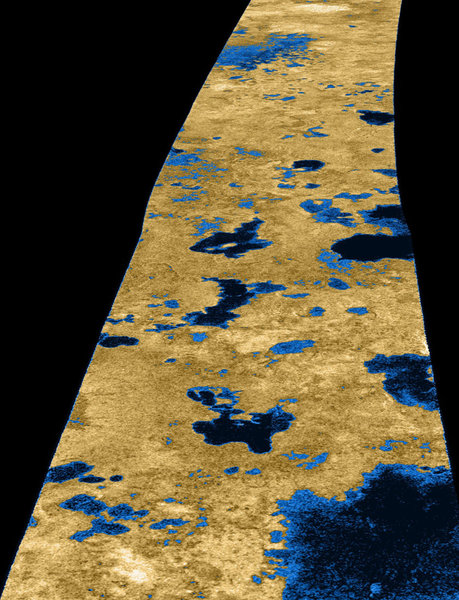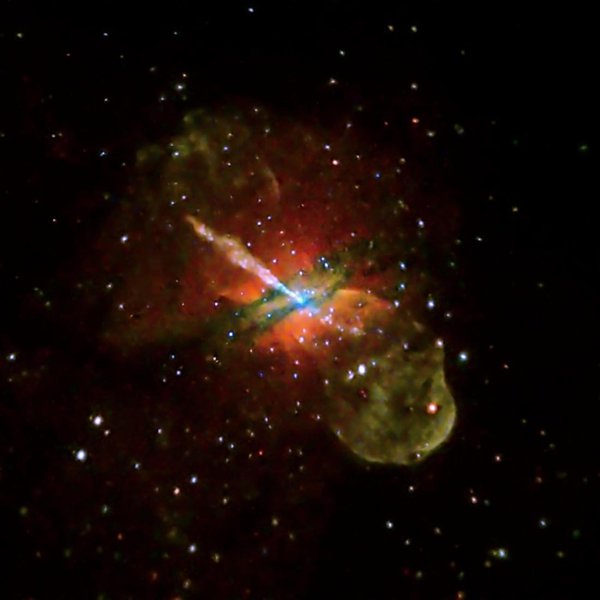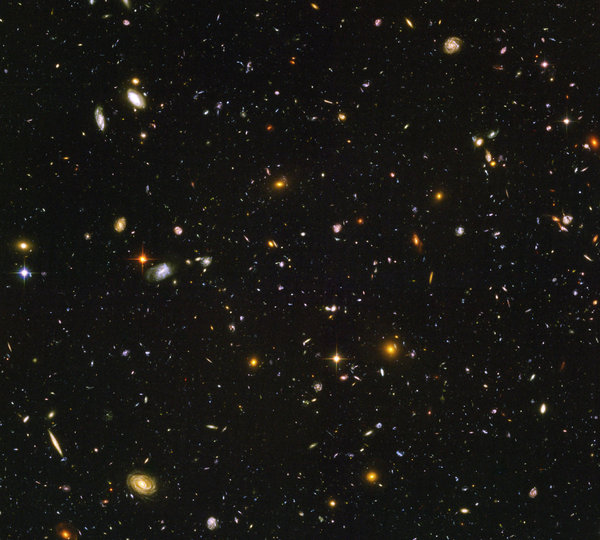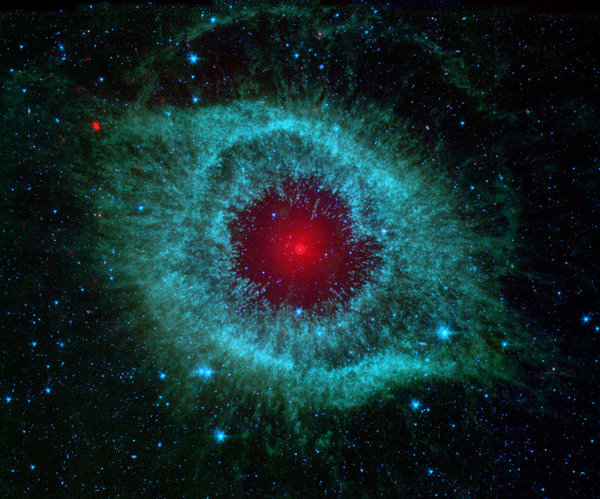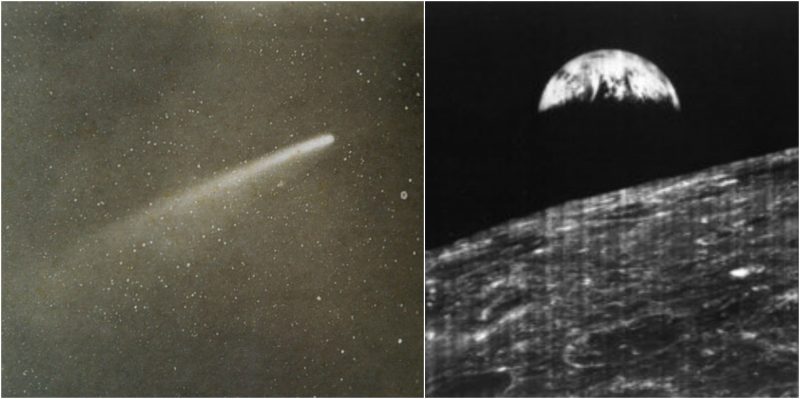Needless to say, among the things for which we should be thankful is space photography, that has not only allowed us to explore and learn the big unknown but has also granted us the opportunity to gaze and amaze in the spectacular sight of space.
Space photography is the pedestal for our basic knowledge and a better understanding of what is surrounding us. Naturally, as everything else, space photography was not as sophisticated and advanced as it these days. The evolution of space photography was proportional to the rise of the modern and advanced technology.
Photo of Great Comet in 1882, a photo of the surface of planet Venus or the photo of the first view of the Earth from the moon were just a part of the amazing exhibition entitled “History of Space Photography” at Art Center College of Design in Pasadena.
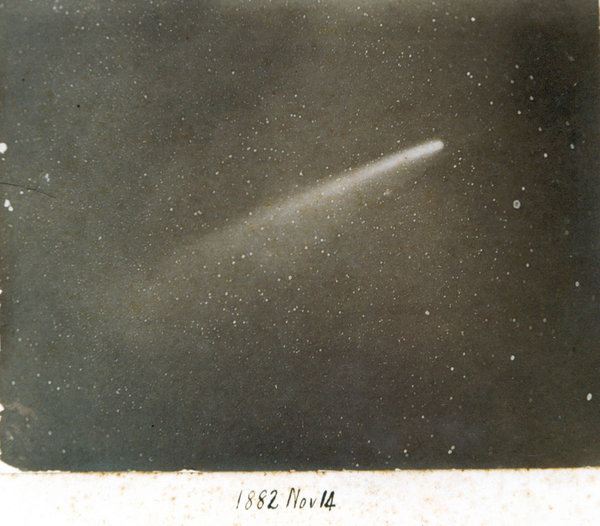
Space photography is also known as Astrophotography.
The first photograph of an astronomical object (the Moon) was taken in 1840, but it was not until the late 19th century that advances in technology allowed for detailed stellar photography. Besides being able to record the details of extended objects such as the Moon, Sun, and planets, astrophotography has the ability to image objects invisible to the human eye such as dim stars, nebulae, and galaxies. This is done by long time exposure since both film and digital cameras can accumulate and sum light photons over these long periods of time.

Photography revolutionized the field of professional astronomical research, with long time exposures recording hundreds of thousands of new stars and nebulae that were invisible to the human eye, leading to specialized and ever larger optical telescopes that were essentially big cameras designed to collect light to be recorded on film. Direct astrophotography had an early role in sky surveys and star classification but over time it has given way to more sophisticated equipment and techniques designed for specific fields of scientific research, with film (and later astronomical CCD cameras) becoming just one of many forms of sensor.
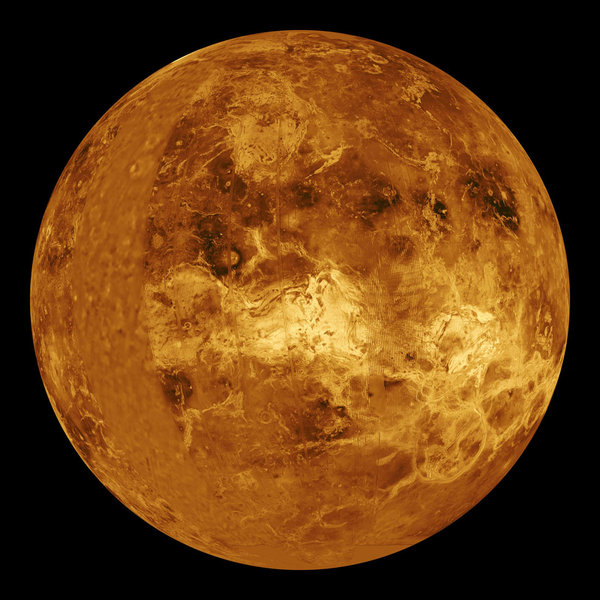
The development of astrophotography as a scientific tool was pioneered in the mid-19th century for the most part by experimenters and amateur astronomers, or so-called “gentleman scientists” (although, as in other scientific fields, these were not always men). Because of the very long exposures needed to capture relatively faint astronomical objects, many technological problems had to be overcome. These included making telescopes rigid enough so they wouldn’t sag out of focus during the exposure, building clock drives that could rotate the telescope mount at a constant rate, and developing ways to accurately keep a telescope aimed at a fixed point over a long period of time. Early photographic processes also had limitations. The daguerreotype process was far too slow to record anything but the brightest objects, and the wet plate collodion process limited exposures to the time the plate could stay wet.
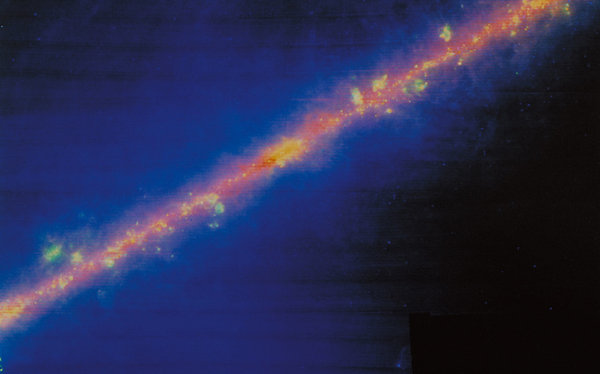
The first-known attempt at astronomical photography was by Louis Jacques Mandé Daguerre, inventor of the daguerreotype process which bears his name, who attempted in 1839 to photograph the Moon. Tracking errors in guiding the telescope during the long exposure meant the photograph came out as an indistinct fuzzy spot. John William Draper, New York University Professor of Chemistry, physician and scientific experimenter managed to make the first successful photograph of the moon a year later on March 23, 1840, taking a 20-minute-long daguerreotype image using a 5-inch (13 cm) reflecting telescope.
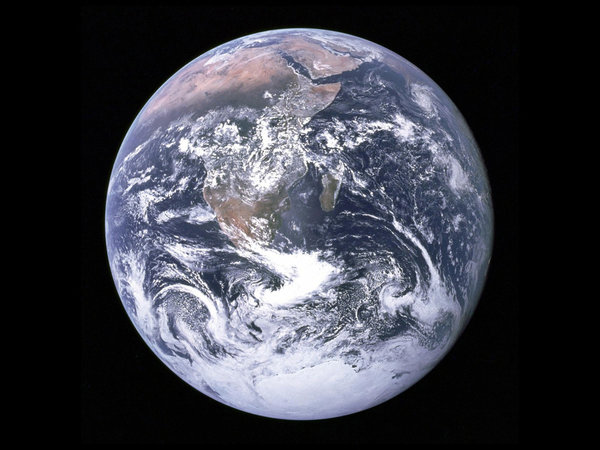
The Sun may have been first photographed in an 1845 daguerreotype by the French physicists Léon Foucault and Hippolyte Fizeau. A failed attempt to obtain a photograph of a Total Eclipse of the Sun was made by the Italian physicist, Gian Alessandro Majocchi during an eclipse of the Sun that took place in his home city of Milan, on July 8, 1842. He later gave an account of his attempt and the Daguerreotype photographs he obtained, in which he wrote
- “…a few minutes before and after totality an iodized plate was exposed in a camera to the light of the thin crescent, and a distinct image was obtained; but another plate exposed to the light of the corona for two minutes during totality did not show the slightest trace of photographic action. No photographic alteration was caused by the light of the corona condensed by a lens for two minutes, during totality, on a sheet of paper prepared with bromide of silver.”
